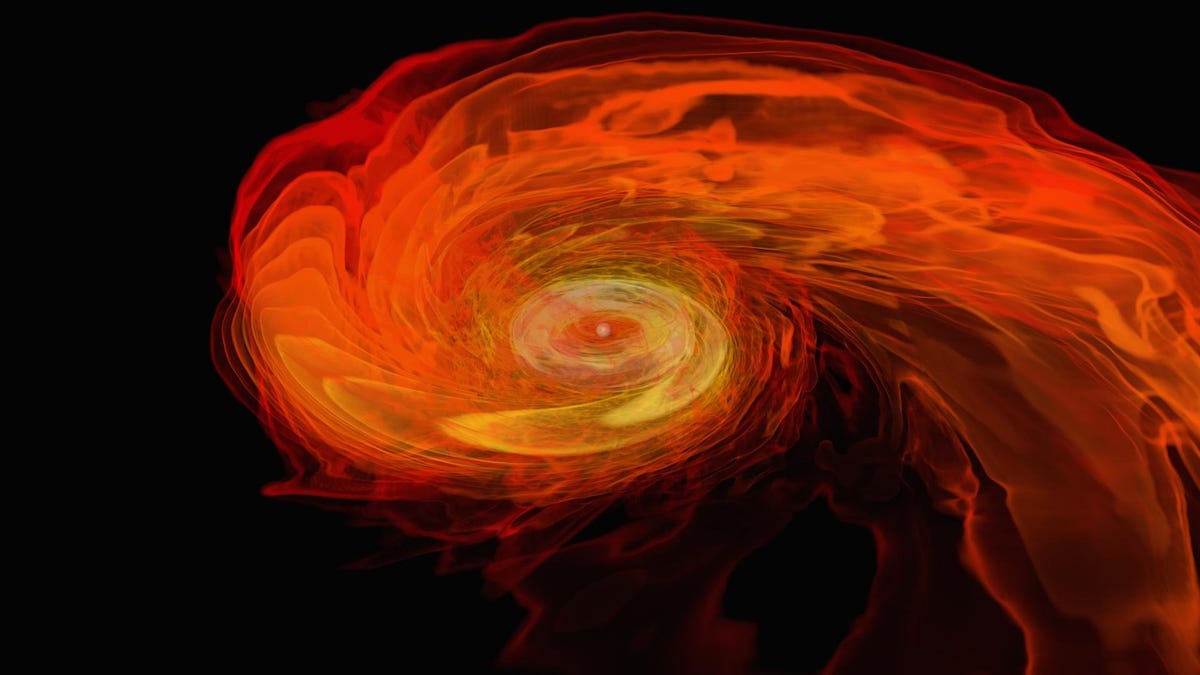Your wedding ring came from a neutron star explosion, 4.6 billion years ago
You like my ring? Gee thanks, just got it from the massive cosmic collision of two neutron stars.

This simulation, created by NASA's Goddard Space Flight Center, shows the massive cosmic event when two neutron stars collide.
Your wedding ring might've been brand-new when you bought it, but part of it is actually billions of years old.
Scientists have traced the origins of some of Earth's most precious metals back to a massive collision between two neutron stars, 4.6 billion years ago. The event occurred 100 million years before the formation of Earth and roughly 1,000 light years from the gas cloud that became our solar system.
That's relatively close to us, in space terms. According to the researchers behind the finding, if the explosion had occurred today the resulting radiation "could outshine the entire night sky."
Astrophysicists Szabolcs Marka from Columbia University and Imre Bartos from the University of Florida reached their findings by analyzing meteorite isotopes and comparing this data to simulations of the Milky Way. They theorize that a neutron star collision likely created 0.3 percent of Earth's heaviest elements, including valuable metals such as gold, platinum and uranium.
"This means that in each of us we would find an eyelash worth of these elements, mostly in the form of iodine, which is essential to life," Bartos said.
"A wedding ring, which expresses a deep human connection, is also a connection to our cosmic past predating humanity and the formation of Earth itself, with about 10 milligrams of it likely having formed 4.6 billion years ago."
The researchers published their results in an article in the science journal Nature, saying the findings help to shed light on the origins of our solar system.
"Our results address a fundamental quest of humanity: Where did we come from and where are we going?" said Marka. "It is very difficult to describe the tremendous emotions we felt when realized what we had found and what it means for the future as we search for an explanation of our place in the universe."

